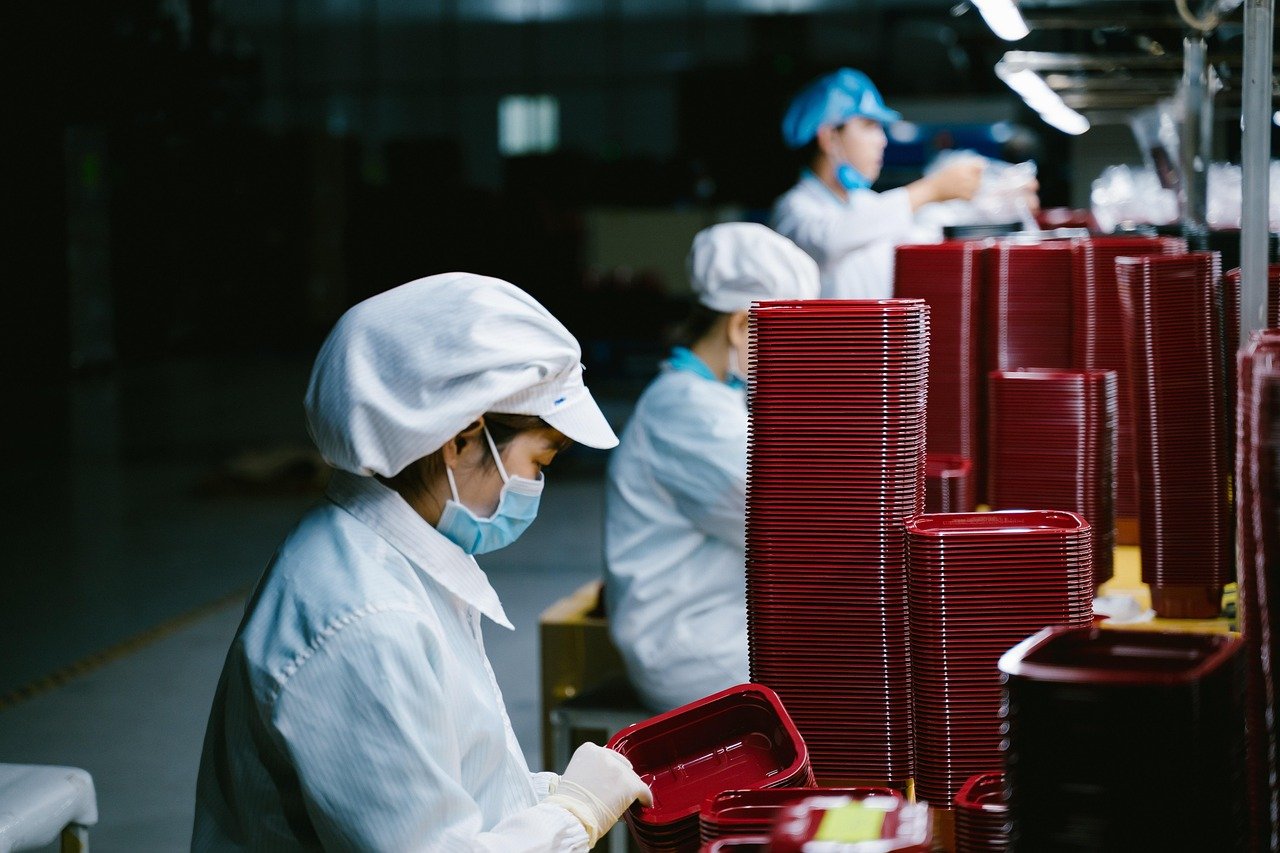In recent times, a surprising insider revelation has sparked discussions about customer service at fast-food chains. The headline mcdonald’s worker reveals customers who greet them may be ignored has raised eyebrows among frequent patrons. This insight sheds light on the behind-the-scenes realities of working in a high-pressure environment and the challenges employees face when interacting with customers. Understanding this dynamic can help both customers and workers navigate fast-food interactions more empathetically.
The Truth Behind the Statement
The phrase mcdonald’s worker reveals customers who greet them may be ignored comes from employees who wish to explain the complexities of working in a busy fast-food setting. Contrary to what many expect, not all greetings receive an immediate response. This is often not due to rudeness but stems from operational priorities such as managing orders, kitchen pressures, and maintaining efficiency during peak hours.
Many employees admit that while they value politeness, their primary focus is fulfilling orders quickly and accurately. As a result, simple greetings like “hello” or “good morning” might unintentionally go unnoticed, especially during rush hours.
Also, explore JPC Refrigeration Charlotte NC: Services And Customer Reviews
Understanding Fast-Food Work Environment Pressures
Fast-food workers operate in a fast-paced environment where multitasking is essential. Employees at McDonald’s and similar establishments often juggle multiple tasks, including taking orders, preparing food, handling payment transactions, and maintaining cleanliness. This environment can sometimes make it difficult to engage in prolonged social interactions.
The high volume of customers, constant noise, and need for speed contribute to employees appearing distracted or unresponsive. This is not a reflection of their attitude toward customers but rather a testament to the demands of their job.
The Impact on Customer Service Experience
When a McDonald’s worker reveals customers who greet them may be ignored, it highlights a gap in the typical customer service experience. Customers often expect immediate friendliness and acknowledgment as part of their visit. When this expectation isn’t met, it can feel disheartening or rude.
However, understanding the context helps manage expectations. Many employees express that they appreciate kind customers but must balance politeness with efficiency. Often, their smile or greeting is given when they have the capacity to do so without compromising service speed.
Tips for Customers to Enhance Interaction
Knowing that mcdonald’s worker reveals customers who greet them may be ignored can help customers adjust how they approach interactions in fast-food restaurants. Here are some practical tips:
- Be patient during busy times: Recognize that employees are managing many tasks simultaneously.
- Use clear communication: When placing orders, speak clearly and be concise to help employees process requests quickly.
- Show appreciation differently: Simple gestures like saying “thank you” after receiving your order can encourage positive interactions.
- Avoid insisting on a greeting: Understand that workers may not always have the bandwidth to respond to every greeting.
- Offer encouragement: A smile or friendly tone goes a long way in creating a supportive atmosphere.
Why Employees Sometimes Can’t Respond to Greetings
There are several reasons behind the reality that mcdonald’s worker reveals customers who greet them may be ignored:
- Focus on multitasking: Employees often juggle several orders at once, requiring intense concentration.
- Noise levels: Loud kitchen environments make it hard to hear or respond promptly.
- Short staffing: Busy shifts with fewer staff members increase pressure.
- Training emphasis: Some training programs prioritize speed and accuracy over prolonged social engagement.
- Mental and physical fatigue: Long hours and fast work pace can drain energy, impacting social responsiveness.
How McDonald’s and Similar Chains Are Responding
Fast-food chains like McDonald’s are aware of customer service challenges and continuously seek to improve. Many have introduced:
- Enhanced employee training focusing on communication skills and stress management.
- Better staffing during peak hours to reduce pressure on workers.
- Technology integration such as self-service kiosks to ease employee workload.
- Employee wellness programs aiming to reduce fatigue and improve job satisfaction.
These initiatives aim to create a more positive experience for both workers and customers.
Frequently Asked Questions (FAQs)
Q1: Why do McDonald’s workers sometimes not respond to greetings?
Due to multitasking and the fast-paced nature of their work, employees may prioritize order accuracy and speed over social interactions.
Q2: Does ignoring greetings mean workers are rude?
Not necessarily. It often reflects operational demands rather than an employee’s attitude.
Q3: How can customers improve their interactions at McDonald’s?
Being patient, clear, and appreciative helps create smoother communication.
Q4: Is this issue common in other fast-food restaurants?
Yes, many fast-food chains face similar challenges due to high customer volume and busy environments.
Q5: Are there efforts to improve customer-worker interactions?
Yes, companies invest in training, better staffing, and technology to support employees and enhance service.
Conclusion
The revelation that mcdonald’s worker reveals customers who greet them may be ignored provides important insight into the realities of fast-food service. While greetings might sometimes be overlooked, it is often a byproduct of the demanding work environment rather than intentional neglect. Understanding this perspective allows customers to approach their visits with empathy and patience, fostering a better atmosphere for everyone involved.
By acknowledging the pressures faced by workers and adapting expectations accordingly, customers can enjoy their meals while supporting the hardworking individuals behind the counter. In doing so, the fast-food experience becomes more positive and respectful on both sides.


